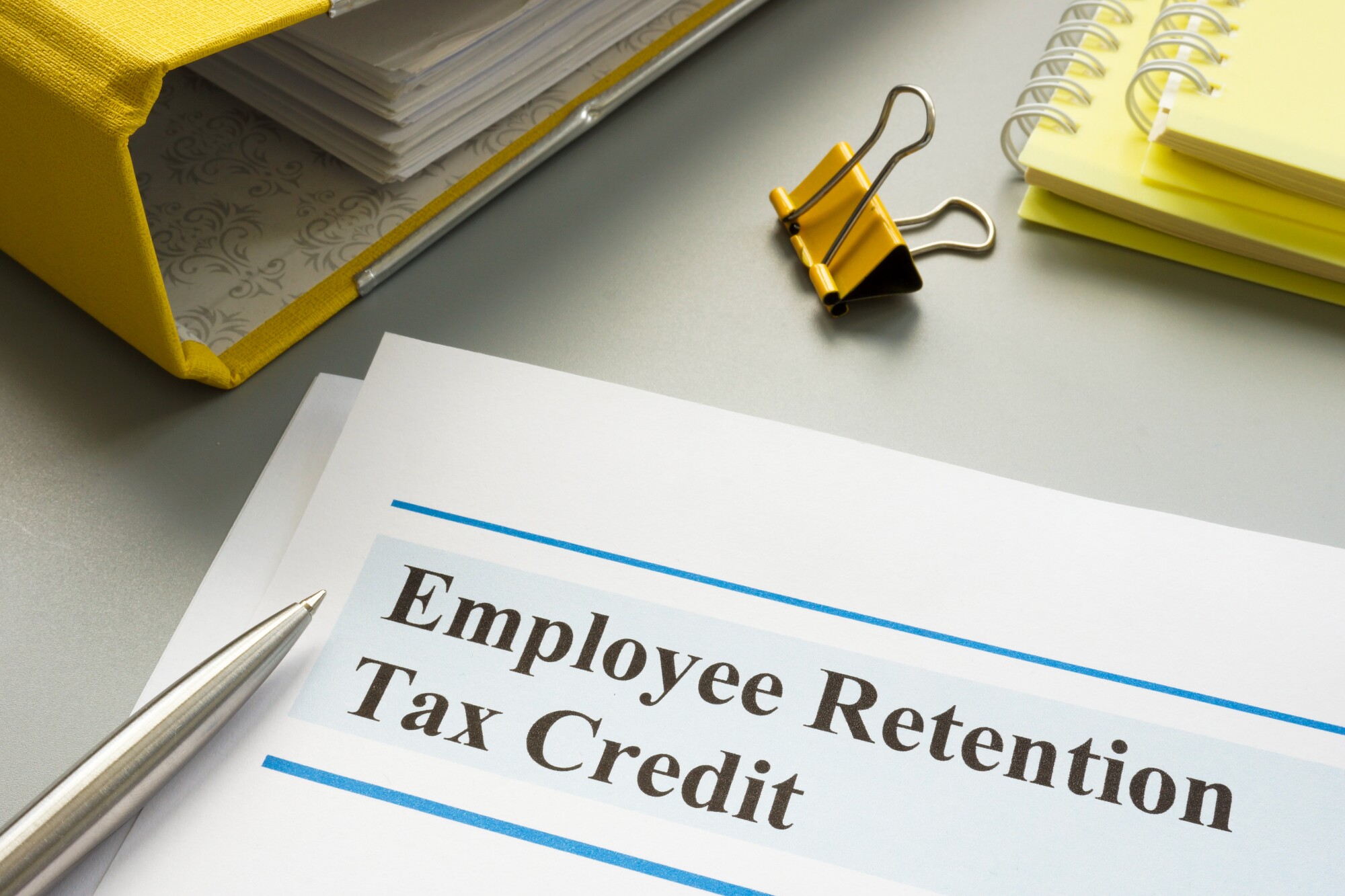Missed out on ERTC credits in 2020 or ’21? Tax season is the time to check
 By Benjamin R. Bostic
By Benjamin R. Bostic
Our firm has helped hundreds of companies secure hundreds of thousands of dollars in Employee Retention Tax Credits (ERTC), from restaurants that saw reduced sales to manufacturers whose revenue took a hit because supply chain issues caused production problems.
Even though ERTC ended Sept. 30, businesses and nonprofits have up to three years after filing their quarterly payroll taxes (Form 941) to claim the credit for eligible periods between April 1, 2020, through Sept. 30, 2021.
While the kinds of businesses qualifying for ERTC run the gamut, we find service industries such as gyms, hair salons, and restaurants are especially eligible. Also, companies that temporarily furloughed people but kept health benefits going – such as some car dealerships – can claim ERTC credits for the insurance expenses.
As your company prepares its 2021 taxes, it makes sense to do a final ERTC review and claim any owed credits now. The following are some commonly asked questions about the program and ensuring you receive the maximum benefit.
How do businesses determine if they qualify for ERTC credits?
Congress intended the ERTC program to help small employers – defined as having 100/500* full-time employees or fewer in 2019 (*2020 credit uses 100, while 2021 uses 500). A business or nonprofit that began operations on or after Feb. 15, 2020 may also be eligible (a provision for new, “startup” businesses is covered here).
NOTE: Businesses with multiple locations – even if they cross state lines – must consider all their employees at all locations in determining the total number of workers.
Qualifying businesses can receive tax credits up to $5,000 per employee for the second through fourth quarters of 2020 and up to $7,000 per employee, per quarter for the first through third quarters of 2021 ($21,000 per employee maximum).
Businesses that experienced a 50 percent reduction in revenue in any quarter of 2020 and a 20 percent reduction in 2021 – compared to comparable 2019 quarters – are eligible. Under the program, credits apply to both the quarter that was down and the one immediately following.
NOTE: A company that experienced at least a 20 percent reduction in the 4th Quarter of 2020 could receive ERTC credits for the 1st Quarter of 2021.
The reduction in revenue can result from government shutdown orders, supply chain difficulties, increased costs for goods or materials, or other factors.
What about businesses with more than 100 (2020)/500 (2021) full-time employees?
Employers with more than 500 full-time employees are not left out entirely. These larger companies can claim ERTC credits for pay and benefits given to employees who could not work, such as if the business had to close temporarily or the worker needed health-related time off.
Are businesses that received Paycheck Protection Program (PPP) loans eligible for ERTC?
Yes. Businesses can use the ERTC program to cover certain payroll costs that exceed money received under a Paycheck Protection Program (PPP) loan. If a company does not receive PPP loan forgiveness, it can also use ERTC to cover allowed payroll expenses. Initially, PPP recipients did not qualify for ERTC, so we find some businesses can now receive credits in light of the eligibility change.
Remember that ERTC credits only apply to costs not already covered by PPP – no “double-dipping” allowed.
How do you apply for ERTC credits, and are they taxable?
Employers can file Form 941-X to claim the credits and yes, ERTC credits are taxable. The credits result in a reduction of wages in the same amount – an ERTC credit for $100,000 reduces wages paid by $100,00 and increases net income by $100,000.
However, even with the additional taxes, most businesses retain about 60 to 80 percent of the credit.
Businesses that have already filed their annual taxes need to file an amended return – and because amended returns are not filed electronically, it takes around nine months to receive ERTC payments. Once ERTC payment is received, a business needs to pay any additional taxes owed.
How does ERTC apply to nonprofits?
A decrease in fundraising compared to the same quarter in 2019 can allow nonprofits to claim ERTC credits. During the pandemic, many nonprofits had to cancel galas and other fundraising events – the resulting loss equates to a decrease in revenue. The same rules companies follow for claiming ERTC apply to nonprofits.
Can my business claim ERTC credits for just worker health benefits?
Yes. Due to shutdown orders or other disruptions caused by the pandemic, some businesses furloughed workers but continued to pay health benefits. Many auto dealers fall into this category. These businesses can apply for ERTC credits to cover the cost of maintaining their employee’s health benefits.
Suppose I started a business after February 15, 2020?
A provision of the ERTC program has a “recovery startup” provision allowing newly formed businesses to claim credits. Businesses that opened their doors after February 15, 2020, can claim up to 70 percent of eligible employees’ wages, up to $10,000 per employee per quarter – with a $50,000 cap per quarter.
Boyer & Ritter is ready to help
The guidelines surrounding federal COVID-19 relief programs are complex and the Boyer & Ritter team is ready to help.
To learn more about engaging us for business relief assistance, please contact us here.
Benjamin R. Bostic, CPA, is a principal at Boyer & Ritter with experience providing tax and accounting services for closely-held businesses, individuals, and not-for-profit organizations. Reach Ben at 717-264-7456 or bbostic@cpabr.com



